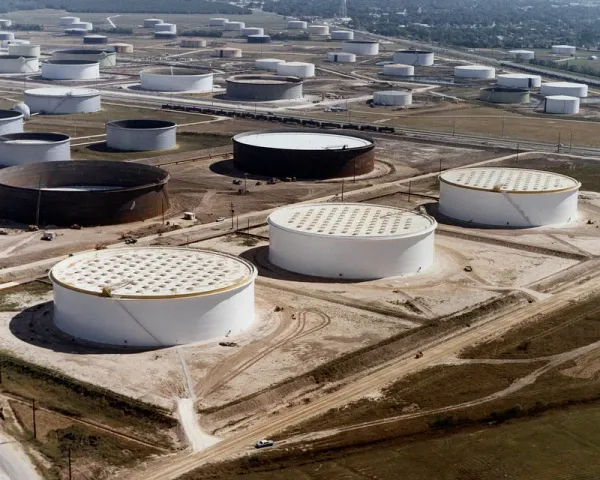CO2 Emissions That Humans Can Control

What if I told you that humans can’t change the weather or that they can’t materially change the atmosphere? I am looking for people to prove me wrong but here is some easy to follow math that may prove it.
Before you write me off as as a person who doesn’t understand the world, here is my background.
20 year career in corporate finance, large capital projects, mining, oil and gas. An undergraduate degree (most of which was spent studying physics before a last-year change of major. Plus two graduate degrees (MBA and Masters of Finance).
There may be real experts out there so follow me on this ride and tell me what may be innacurate.
There are only four (material) sources of CO2
- Combustion of crude oil products
- Volcanic activity
- Combustion of natural gas
- Combustion of coal
We can assume CO2 in mammal’s breath is net zero as explained here.
With only 4 material sources of CO2, the daily production of CO2 is easy to calculate.
Combustion of crude oil produces 88 billion pounds of CO2 daily
Each gallon of gasoline burned produces 19.59 lbs. of CO2. (The reaction combines oxygen and carbon producing more CO2 by weight than the initial gallon of gas which weighs roughly 6 lbs.) We can only burn what we refine. This is good for math since we have a record of all oil refineries and their daily production. Daily production of oil is 11.25 million barrels or 1.6 billion gallons. We must ignore storage since storage tanks of crude oil and finished fuels only handle short term demand fluctuations and on average each gallon refined equals a gallon burned. Therefore… 1.6 billion gallons of fuels generate roughly 88 billion lbs. of CO2 daily.
Volcanic activity produces 1.6 billion lbs. of CO2 daily
This was an easy number to calculate since the U.S. Geological Survey gives it to us here. Simply convert from annual metric tons to daily lbs. and you get 1.6 billion.
Combustion of natural gas produces 17 billion lbs. of CO2 daily
The U.S. Energy Information Agency tells us that natural gas produced daily is around 140 billion cubic feet. Each cubic foot produces 0.12 lbs. of CO2. This leads us right to 17 billion lbs. of CO2 daily.
Combustion of coal produces 127 billion lbs. of CO2 daily
The coal production values are also provided by the U.S. Energy Information Agency. 7.5 trillion kWh are generated annually by coal fired power plants and each kWh produces 2.26 lbs. of CO2. Make sure you convert back to daily lbs. and you get 127 million lbs. of CO2.
With all 4 daily values of CO2 production, they total 107 billion lbs. of CO2 pumped into the atmosphere every day. The current mass of the atmosphere is 11.0 quintillion lbs. Of which less than 0.04% is CO2. We live in an atmosphere today that contains 4.5 quadrillion lbs. of CO2. The atmosphere is quite large. Assuming that the planet was not teaming with plant life to convert a lot of CO2 to O2, we would only be increasing the part per million of CO2 by less than four parts per million each year. We could do this for 100 years and only increase the CO2 parts per million by 355. But we do have a lot of plant life converting all that CO2 to O2. We only increase CO2 PPM by 2.33 PPM per year. I think this means that the plant life converts 1.22 PPM per year. 100 years from now plant life will expand and reach a point of equalization where almost everything we produce is converted.
So… where does this leave us?
As CO2 increases, so will plant life and so will the conversion to O2. The earth will continue to flex and adjust to maintain a steady environment… I think. I may tackle that next.



